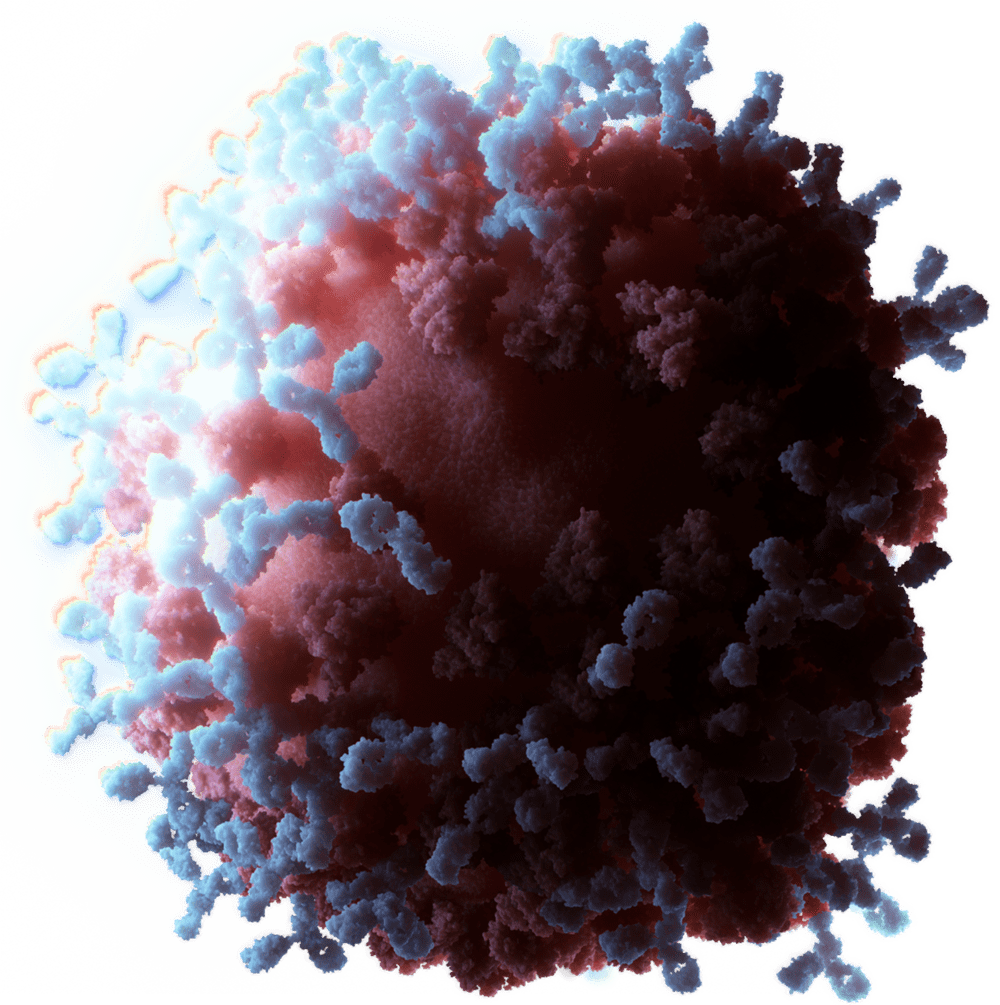 |
Richard Palmiter
Professor of Biochemistry
Investigator, HHMI
PhD 1968 Stanford University
AB 1964 Duke University
Off.: J661
Ph.: 206.543.6064
Fax: 206.685.1792
|
Honors
- 2004 Vern Chapman Lecture, 18th International Mouse Genome Meeting
- 2004 Recipient of Julius Axelrod Medal
- 1999 Tyner Eminent Scholar, Florida State University, Tallahassee, FL
- 1999 Wallace Rowe Lecture, American Association of Laboratory Animal Sciences 50th Annual Meeting
- 1998 Fourteenth von Euler Lecture, Karolinska Institute, Stockholm, Sweden
- 1998 Second International Fellow of the Garvan Institute, Sydney, Australia
- 1994 Charles-Leopold Mayer Award, French Academy of Sciences (shared with Dr. R. Brinster)
- 1989 Distinguished Service Award of US Department of Agriculture.
- 1988 Elected to National Academy of Sciences
- 1988 Elected to American Academy of Arts and Sciences
- 1987 Elected Fellow of American Association for the Advancement of Science
- 1983 New York Academy of Sciences Award in Biological and Medical Sciences
- 1982 George Thorn Award, Howard Hughes Medical Institute
- 1988-1991 Co-Chairman of Four Mouse Molecular Genetics Meetings, Cold Spring Harbor & Heidelberg
Research
Our laboratory uses mouse genetic models and viral gene transfer to dissect neural circuits involved in innate behaviors. We start by making genetically engineered mice that target expression of Cre recombinase to genes that are expressed in specific subsets of neurons, typically genes encoding neuropeptides or their receptors. We then stereotaxically inject viruses expressing Cre-dependent genes (e.g., genes encoding fluorescent proteins, genes that allow activation or inhibition of neuron activity by light or chemicals, or genes that prevent all neurotransmission or kill neurons) into brain regions of interest. The aims of these studies are to (a) visualize where the neurons are located and where they project their axons, (b) record the activity of neurons in real time based on calcium-induced fluorescence, (c) evaluate the behavioral/physiological consequences of activating or inhibiting those neurons either transiently or permanently. We use combinations of these techniques to delineate neuronal circuits that control specific behaviors. For example, selective stimulation of neurons that express agouti-related protein (AgRP) promotes feeding, whereas stimulating a different population of neurons that express calcitonin gene-related peptide (CGRP) inhibits feeding. The CGRP neurons that reside in the parabrachial nucleus mediate virtually every threat that we have examined, including real threats (pain, itch, food poisoning) to potential threats (novel food, or cues that have been associated with pain). These CGRP neurons have been shown to mediate the unconditioned stimulus in classical taste- and fear-conditioning experiments. Consequently, they are important for generating taste and fear memories. Current experiments are directed towards identifying the relevant downstream targets of CGRP neurons and discerning how they are involved in mounting appropriate responses to various threats. We are also interested in the functions of other neurons that reside in the parabrachial nucleus that transmit taste, temperature, salt and water balance signals to the forebrain.
Publications:
